Hospital ship plies turbulent waters of Colombia's Pacific coast
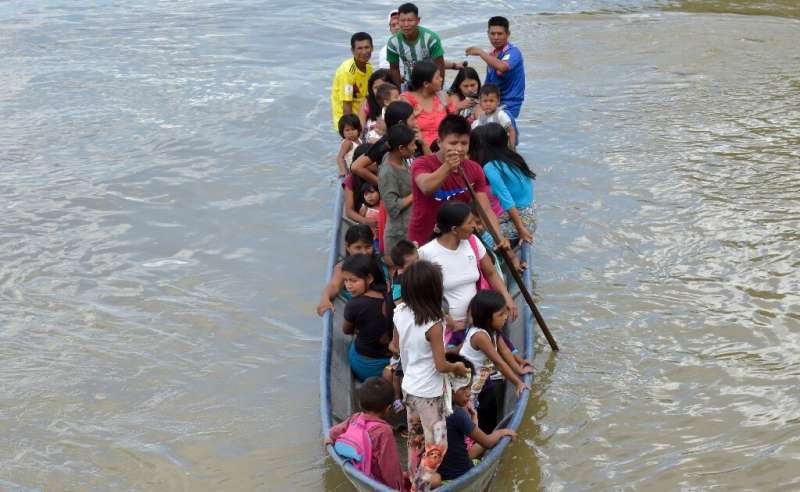
As a white ship chugs through the muddy waters of the San Juan River, pirogues from the jungle glide toward it almost reverently, bringing their sick to healers they liken to angels.
For hundreds of miles along Colombia's Pacific coast, with its thick, lush jungle, there are no hospitals, and medics and medicine are rare.
And so, the San Raffaele hospital ship, when it arrives, is treated like a ghostly miracle by the poor indigenous and Afro-Caribbean communities that dot this violent region.
"The proper medicines are not coming in. They are too expensive," says Yenny Cardenas, weaving a basket as she waits in her hut, which is built on stilts over the riverbank. Its roof thrums under heavy rain.
Cardenas, an ethnic Wounaan, is waiting to board a skiff that will speed her across to the ship with her baby boy, her fifth child. She's worried about his skin which, for months now, has been covered in sores.
"My son was fine, nice and chubby, but now he's not eating," said Cardenas, 44, a teacher in nearby Balsalito, an indigenous reserve on the banks of the San Juan where it sweeps down from the Andes to the sea.
On the other bank is the wharf at Docordo, a majority Afro-Colombian town lost in the country's poorest department, Choco—where nearly 50 percent of the population live in extreme poverty, compared to 17 percent nationally.
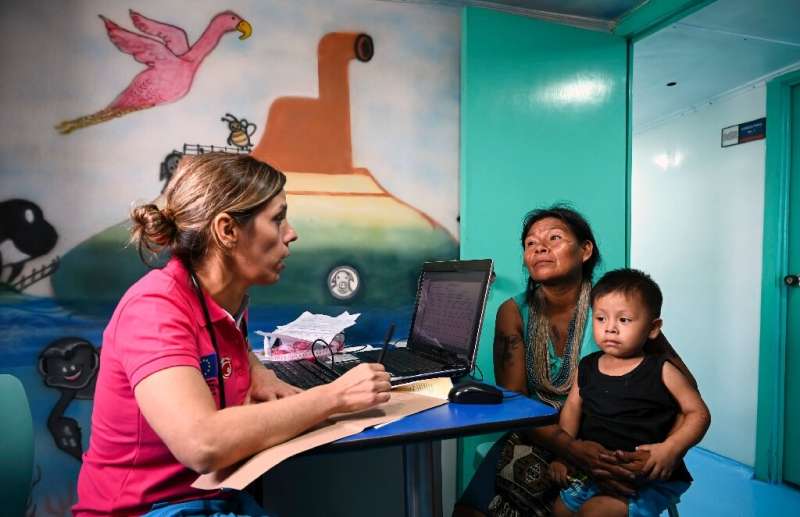
Dozens of patients have gathered around Docordo's wooden wharf since dawn. The area has just one medical dispensary, supplying 16,000 people.
2,000 waiting for care
For that reason, all eyes are trained on the ship. Bearing a white cross on its hull, it's anchored mid-river, as if honoring its neutrality between these two neighboring communities—indigenous and Afro-Colombian—which do not mix.
Another sign—featuring a machine gun with a 'X' over it—warns that carrying firearms on board is prohibited.
People line up, waiting their turn to be seen by the doctors and nurses. Some have their hands on their stomachs, some are bent over with age, some are young pregnant women with their kids in tow—all wait to tell their woes and receive free treatment. Locals call the medical staff their "Angels of the Pacific."
"Some of these people have not been able to see a doctor for years," said Ana Lucia Lopez, 51, director and co-founder of the Monte Tabor Foundation, which operates this 80-foot (24-meter) hospital on the water.
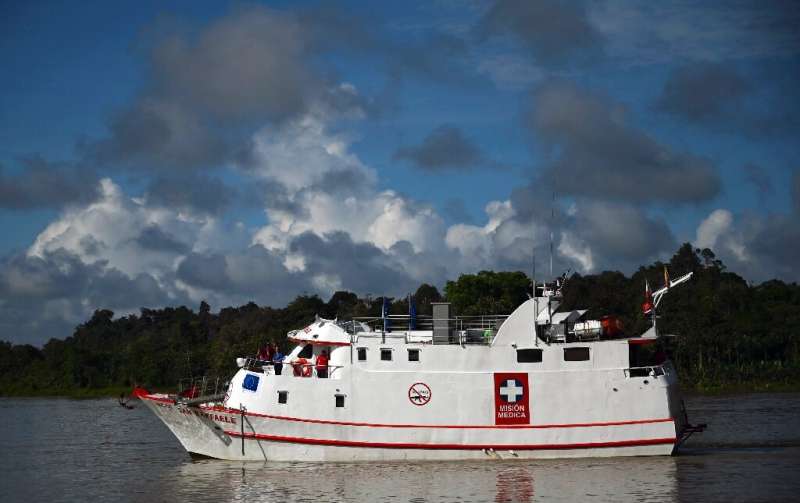
On Docordo's teeming pontoon, Lopez manages the anxious crowd from behind a school desk on the wharf that doubles as the hospital's reception area.
For a 12-day mission she has a list of 2,000 people for appointments and 150 patients for surgery that a forward party of medics screened in a triage operation two weeks previously.
It's a mountain of work for the little ship with a big heart, but on Colombia's west coast, there is no alternative.
The ship features 25 doctors and nurses, some paid and some volunteer, including a gynecologist, a dentist, a pediatrician and a psychologist. A crew of seven operates the ship itself.
Hailing from the port of Buenaventura, the San Raffaele has been plying the 865 mile (1,300 kilometers) length of Colombia's Pacific coast all year round since 2009, from the Panamanian border in the north to Ecuador in the south.
"Already over the past few years, 65,000 people have been seen and more than 4,000 operations have been carried out," said Diego Posso, 49, a paramedic expert in trauma and the founding president of Monte Tabor.
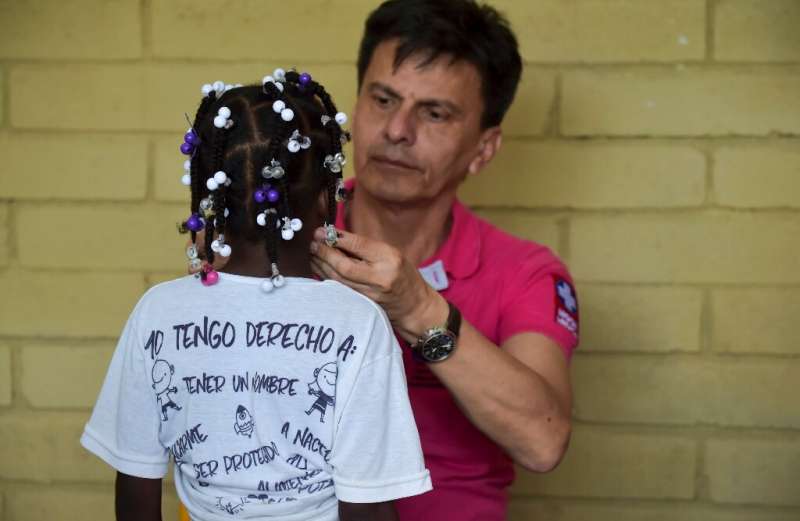
Posso himself designed the ship with help from a naval architect. All it has ever been is a floating hospital.
Neutral amid conflict
It's a risky business, coming here.
The local communities had to negotiate with several armed groups to ensure safe passage for the San Raffaele.
Gunmen of one kind or another have held sway here for decades—from National Liberation Army rebels to narco-trafficking gangs like the feared Gulf Clan—effectively making it a war zone.
Three years on from a landmark peace agreement with FARC rebels, peace is far from being a reality on this coast, strategic to cocaine-shippers and clandestine gold miners alike.
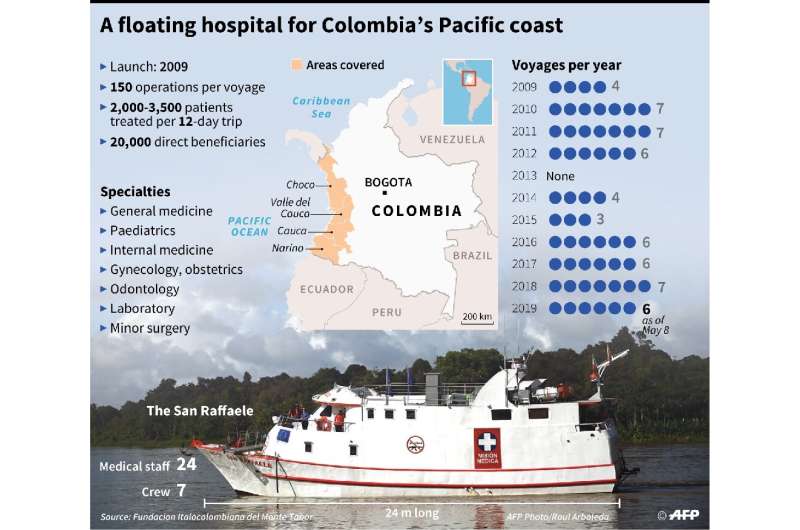
Local security forces patrolling the river with outboard-powered boats attest to frequent firefights, bodies floating in the river, wounded locals and displaced families terrorized by violence.
"Sometimes it has been difficult to reach the villages where there have been clashes, bombs," says Lopez.
She recalled a group of wounded taken hurriedly aboard one evening, including a paramilitary guy with his arm hanging off.
A few months later, in the village further up the coast, someone grabbed her by the shoulder. "I was startled. But it was him! And he said, 'Thank you. Thanks to you I still have my hand.'"
Contamination, infections
From dawn until late into the night, small skiffs ferry people to and from the riverbank.
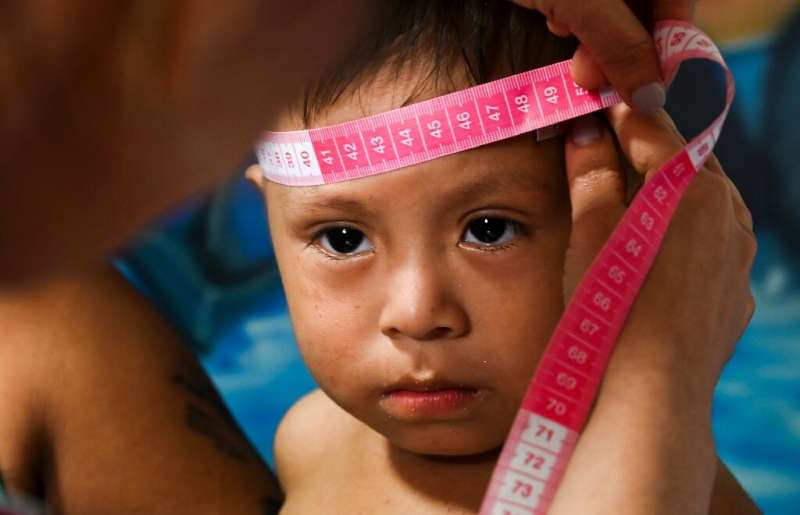
Eventually, it's Cardenas' turn to climb onto the deck, holding her son close. Up on the ship, shaded by a plastic sheet, the waiting room is overflowing.
There is no let-up for pediatric surgeon Carlos Melo, 55. He follows surgery with surgery, and not only for children.
"These people have nothing. Everything is so far away. We're talking six, eight hours by canoe. There are no doctors," says Melo, a pioneer of minimally invasive abdominal surgery known as laparoscopy, who has volunteered on the ship for the past five years.
At the end of the corridor, in a small pastel-colored room, Maria Isabel Lozano examines Carderas' baby and diagnoses a skin infection. It's a common diagnosis here, where communities are exposed to the polluted waters of the San Juan.
Posso says the pollution is caused by chemical waste from cocaine production and run-off water from illegal mining.
Many also suffer from diarrhea and respiratory illnesses, said Lozano.
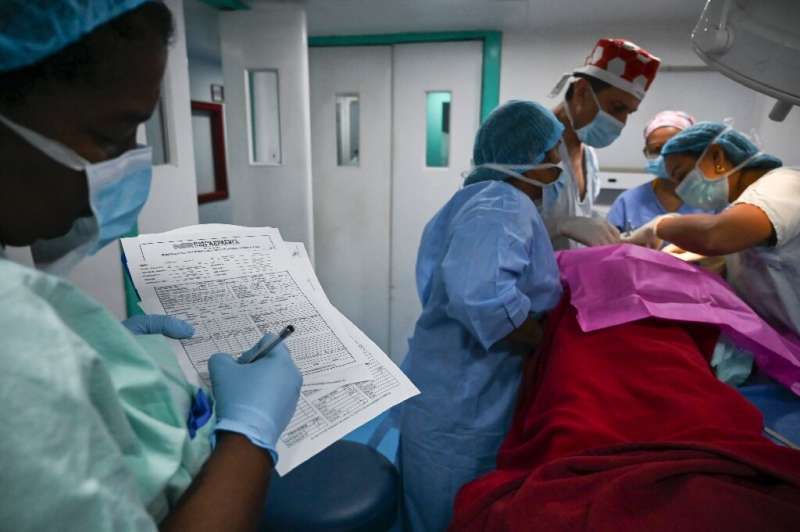
The San Raffaele is a small white speck on an ocean of despair, bringing with it specialist doctors and nurses on 12-day missions every second month.
Now, thanks to a 350,000 euro grant from the European Union, it can take to the seas every month, at least for another year.
"There are many projects, huge dreams," says Posso.
One of them is to bring a bigger and better equipped ship from the United States, given to them by entrepreneurs,
It already has a name: "Archangel."
© 2019 AFP



















